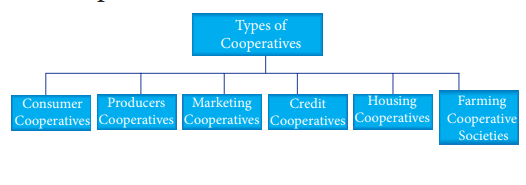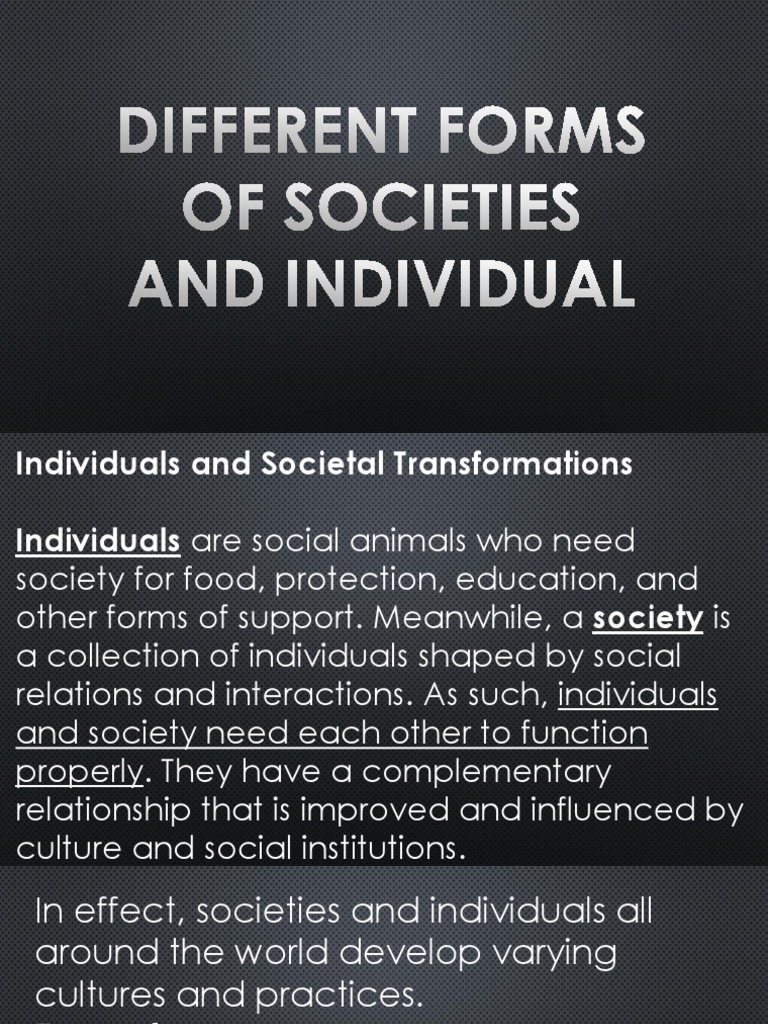Society is a complex and multifaceted concept that refers to a group of people living together in a defined territory and interacting with each other in various ways. Over the course of human history, different societies have evolved and developed in response to various social, economic, and political factors, and as a result, there are many different types of societies that can be distinguished based on various criteria. In this essay, we will explore some of the main types of societies that have emerged throughout history and discuss their key characteristics.
One of the earliest and most basic forms of society is the hunter-gatherer society, which is characterized by a reliance on hunting, fishing, and gathering for sustenance. These societies are typically small, with populations ranging from a few hundred to a few thousand individuals, and are often organized around kinship ties and clan structures. Hunter-gatherer societies are typically egalitarian, meaning that there is little hierarchy or social stratification, and decisions are often made through consensus-based decision-making processes.
Agricultural societies, which emerged around 10,000 years ago, are characterized by a reliance on farming and animal husbandry for sustenance. These societies are typically larger and more complex than hunter-gatherer societies, and are often organized around a system of social stratification, with different classes or castes of people occupying different positions within the social hierarchy. Agricultural societies also tend to be more centralized and hierarchical, with a greater degree of political organization and decision-making authority concentrated in the hands of a small group of leaders or elites.
Industrial societies, which began to emerge in the 18th and 19th centuries, are characterized by a reliance on mechanized production and the use of advanced technologies for economic development. Industrial societies are typically urbanized and highly industrialized, with large populations and complex social structures. These societies are also characterized by a high degree of social mobility and a greater degree of individualism, as people are able to pursue their own goals and interests to a greater extent than in traditional agricultural societies.
Post-industrial societies, which have emerged in the latter half of the 20th century, are characterized by a shift away from manufacturing and heavy industry towards a more service-based economy. These societies are often marked by a greater degree of globalization and interconnectedness, as well as a greater emphasis on knowledge-based industries such as education, research, and technology. Post-industrial societies are also characterized by a greater degree of individualism and a focus on personal fulfillment and self-realization.
In conclusion, there are many different types of societies that have emerged throughout human history, each with its own unique characteristics and social structures. From small, egalitarian hunter-gatherer societies to large, complex industrial and post-industrial societies, the diversity of human societies reflects the diversity of human experience and the complex social, economic, and political factors that shape them.







